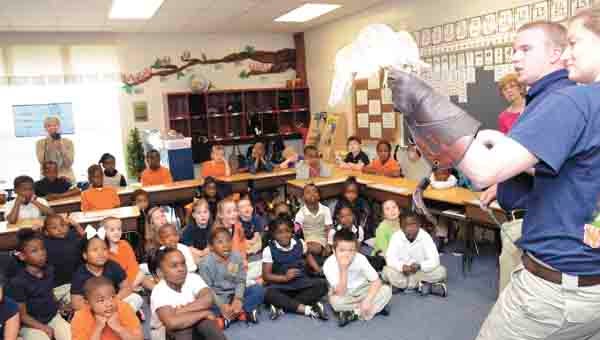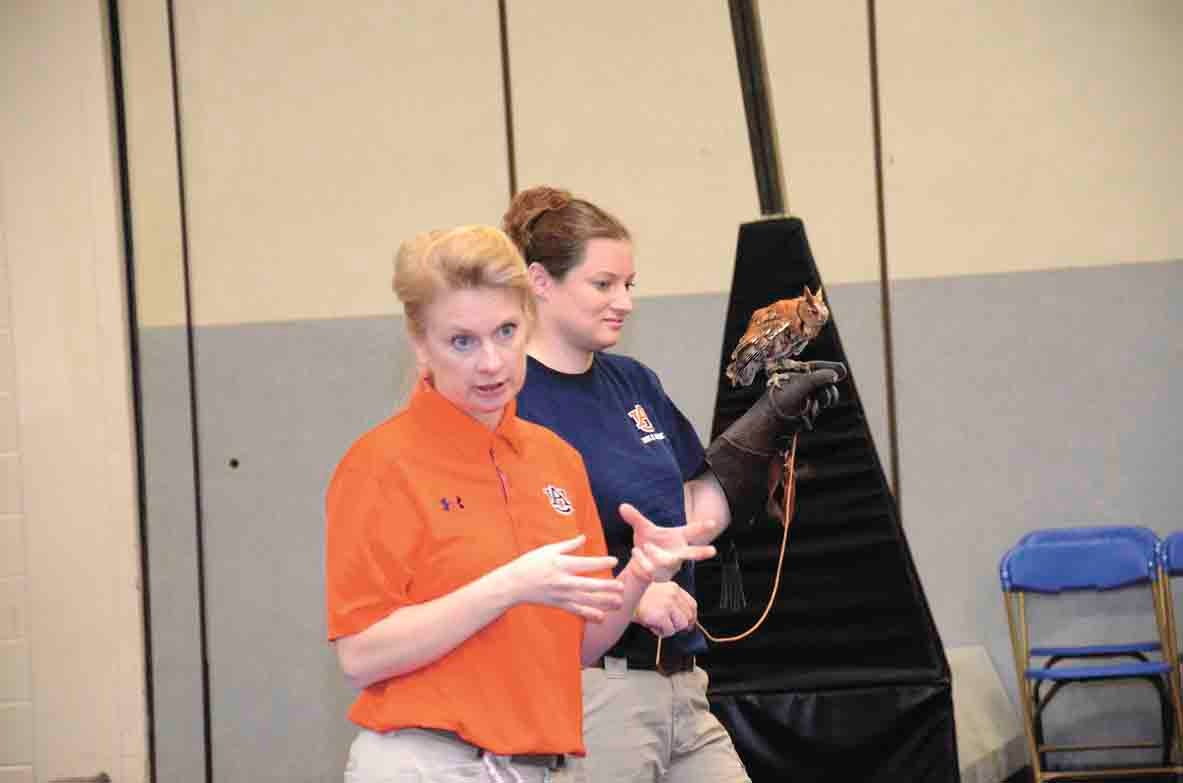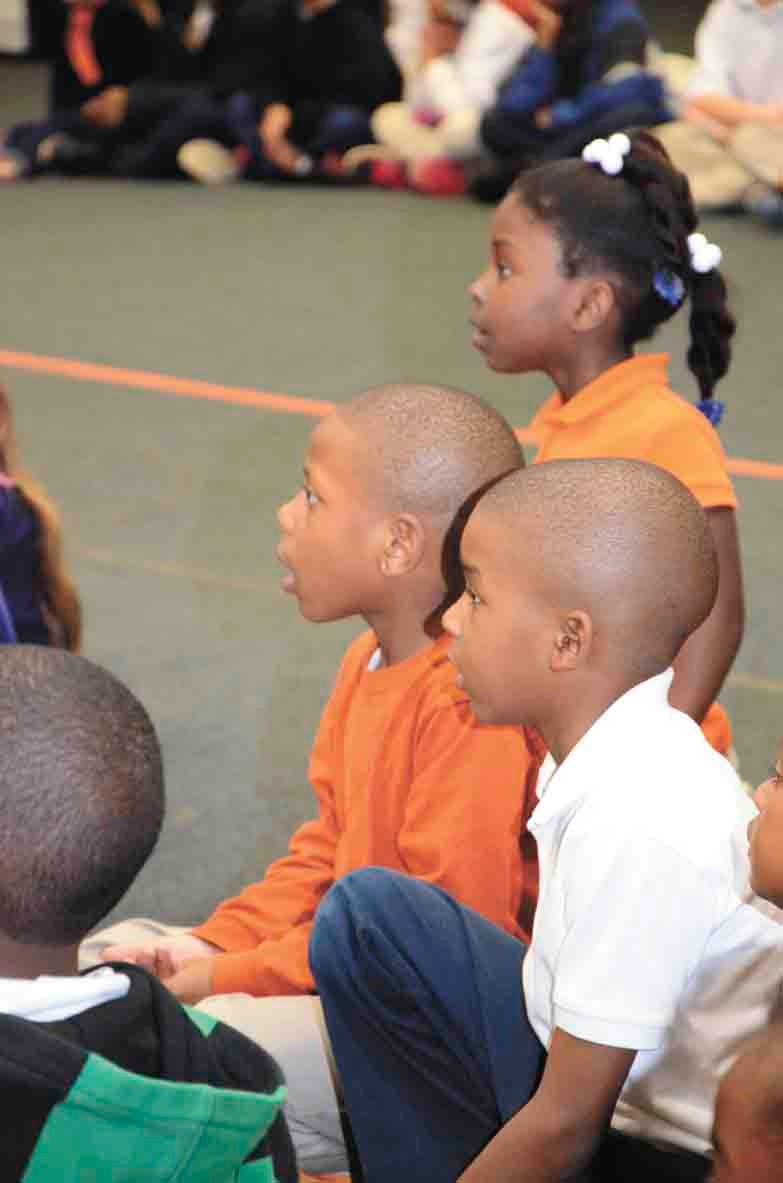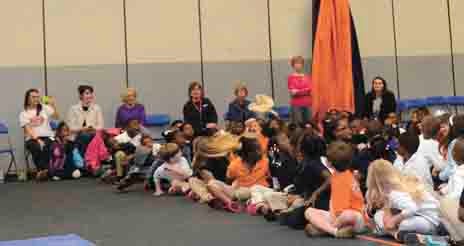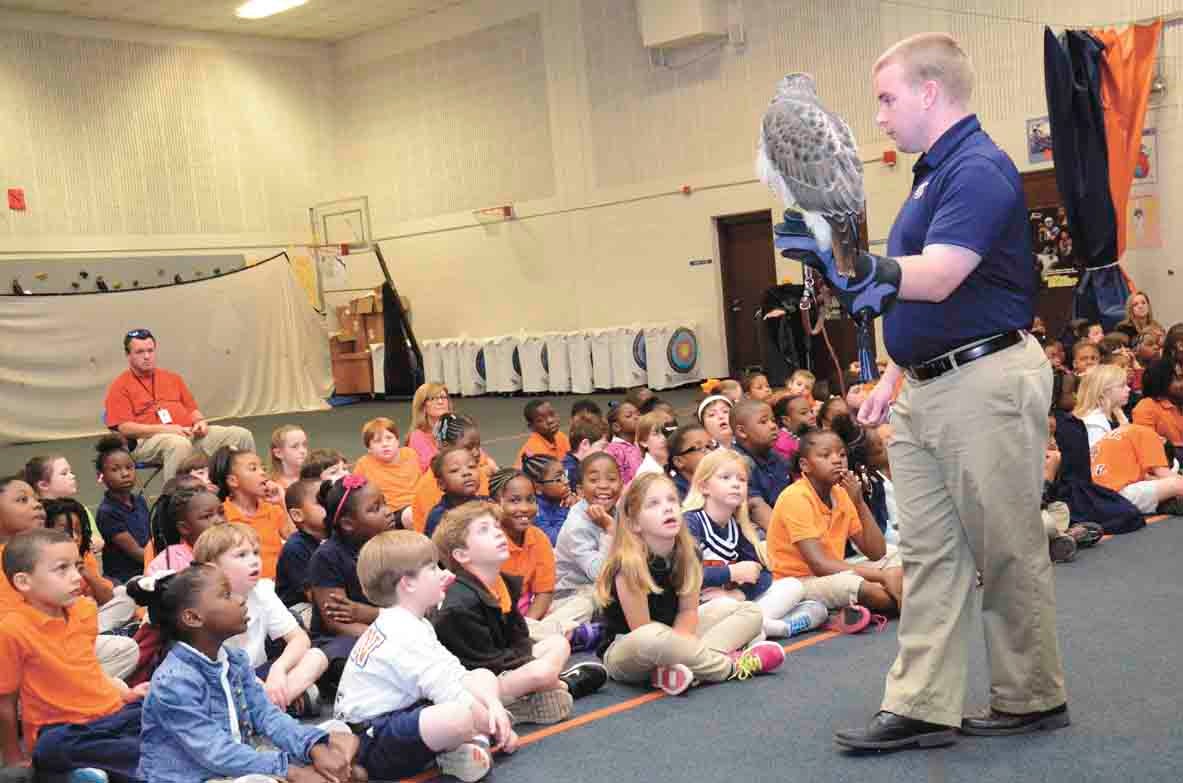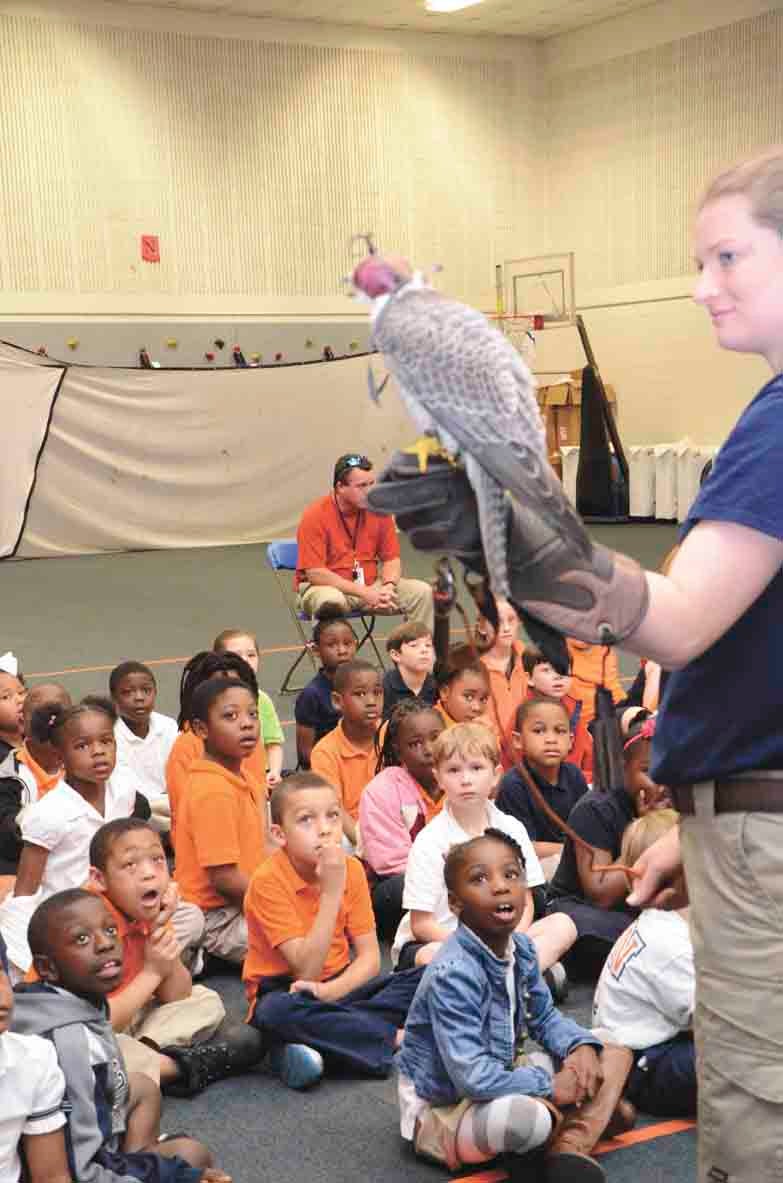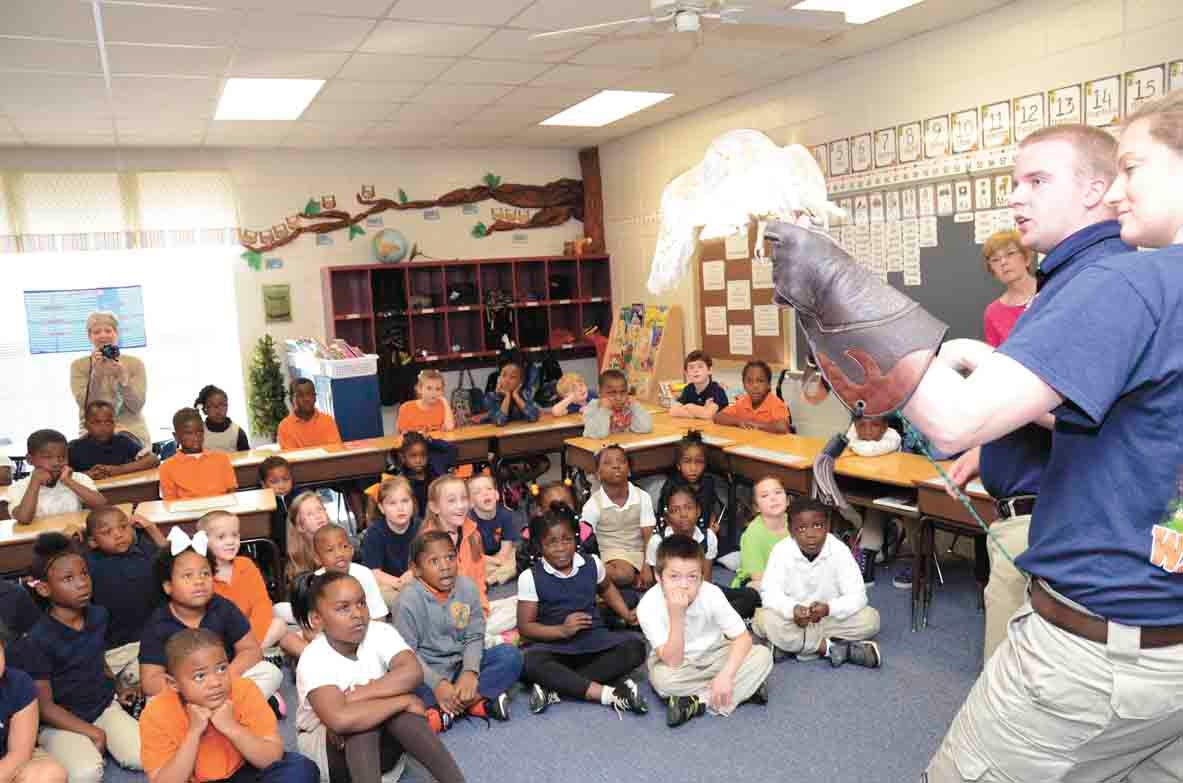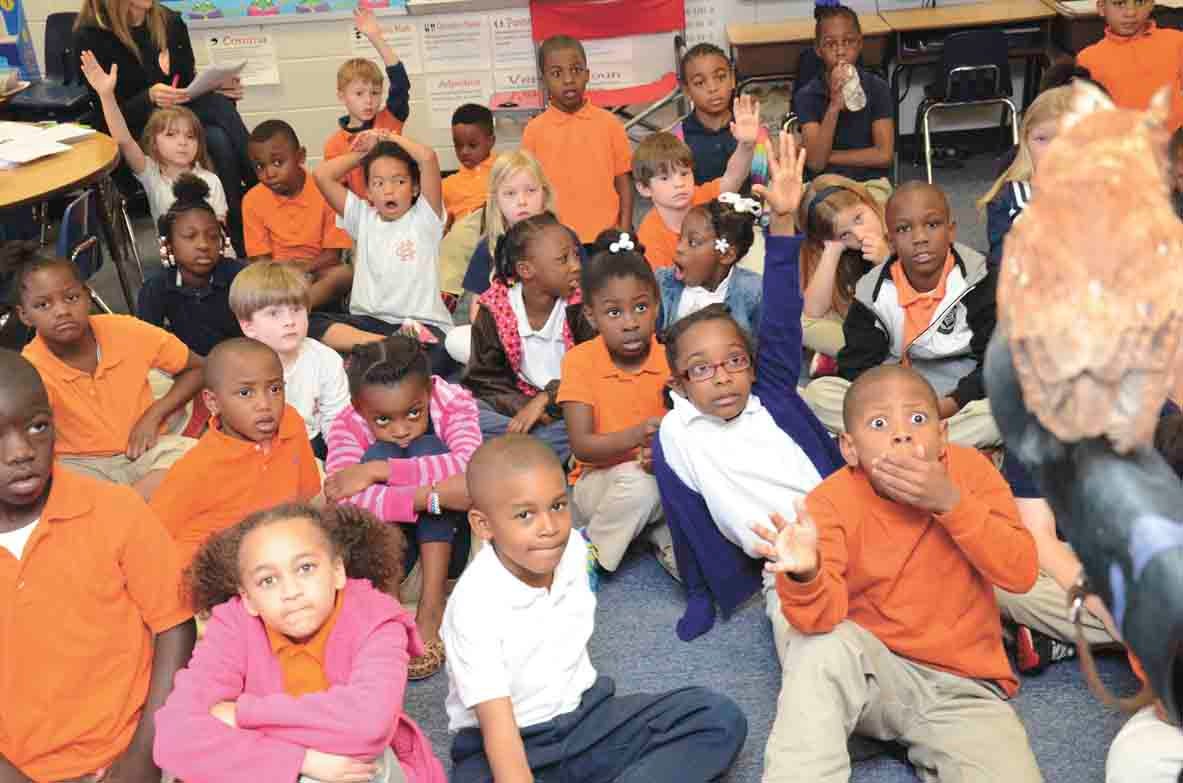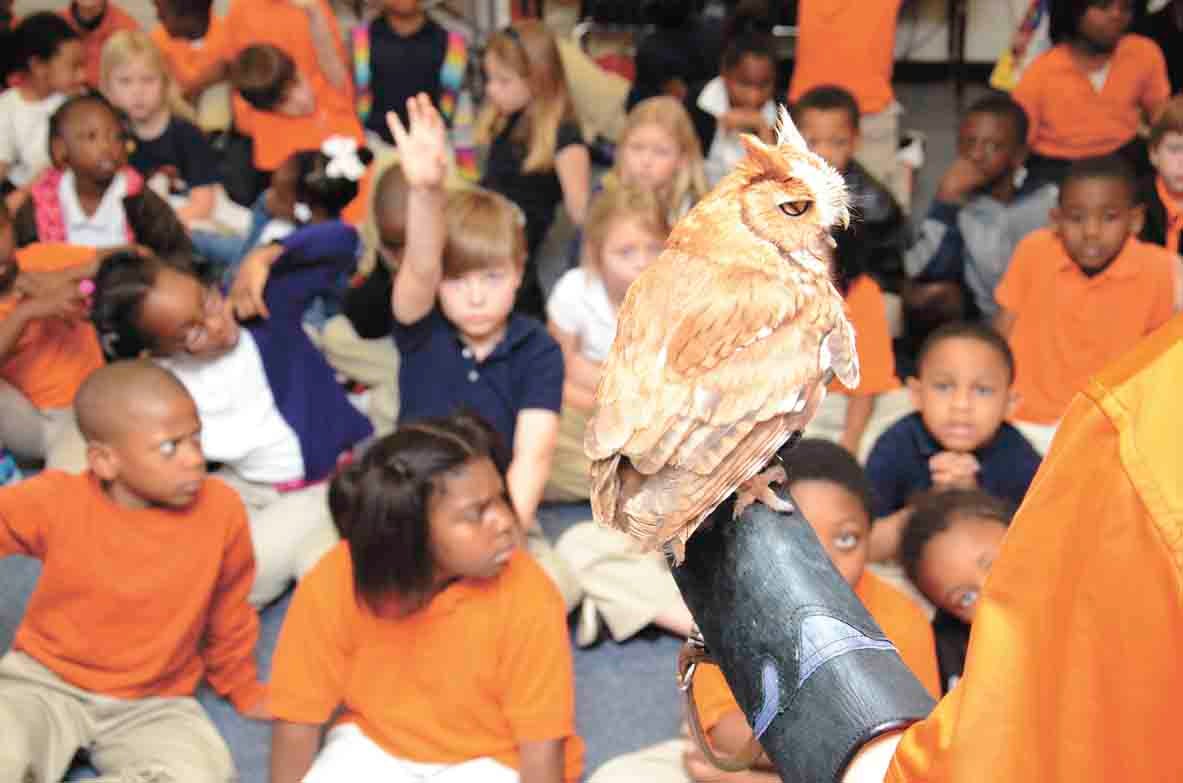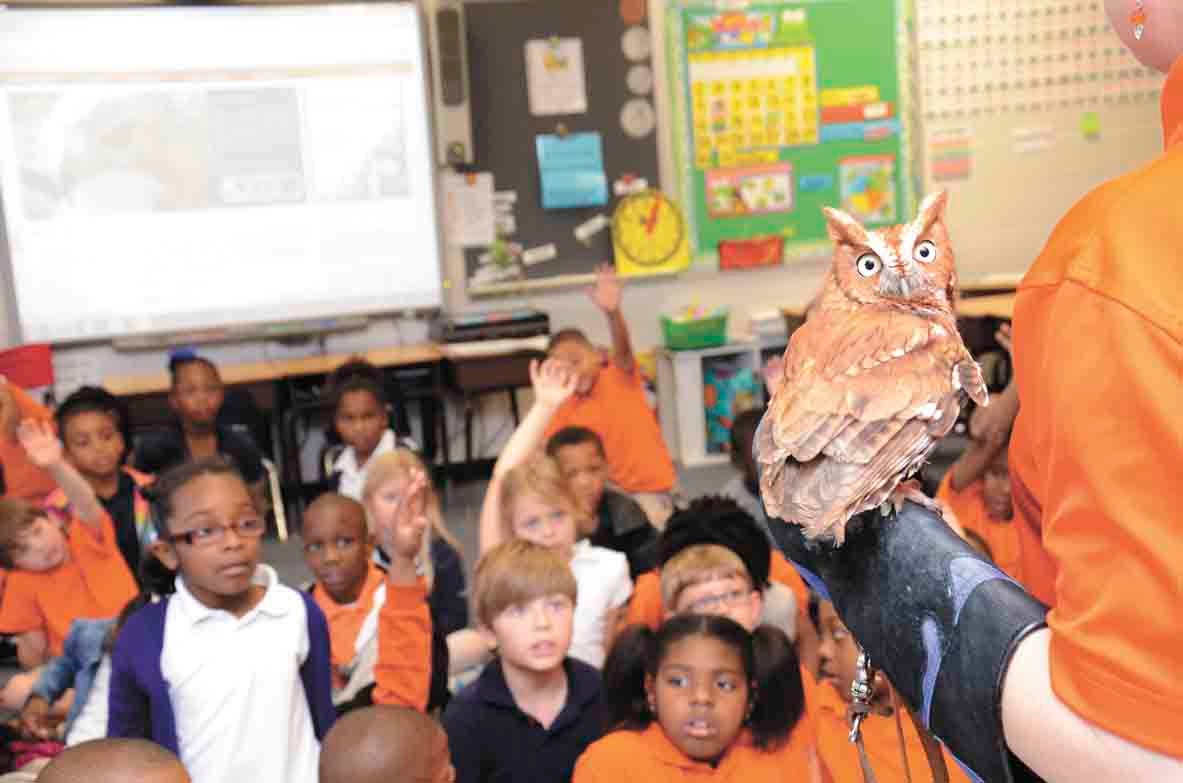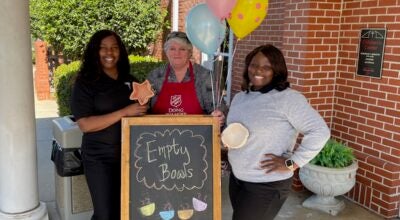Southeastern Raptor Center visits Troy Elementary School (PHOTO GALLERY)
Published 11:11 pm Friday, March 21, 2014
War Eagle! And owl, and vulture and falcon – all were part of the Auburn University Southeastern Raptor Center’s educational program presented to Troy Elementary School students Friday.
For the second year in a row, teacher Heather Bunn had received a grant from the Troy City Schools Education Foundation to bring the raptors to campus.
The children were more than appreciative.
“I liked only the eagle because it was the biggest,” said Auston Sharp, age 6 1/2. “I learned that they have really long wings and I learned about their big, sharp beaks.”
Darious Cooper loved all of the birds he saw.
“I liked all of them because every one of them made different sounds,” said the 7-year-old. “I never seen a white bird like that and I learned they can hear with their faces.”
Marianne Hudson, assistant director of the Southeastern Raptor Center, introduced an audience of mostly first-graders to seven feathered friends, sharing facts about the birds, and explaining the differences between each one.
For Cooper’s white barn owl, students learned that the feathers that surround its heart-shaped face acted as filters for sound in the same manner as a person’s outer ears, collecting and directing sound to the inner ear.
Hudson also fielded questions.
“Those were really great questions,” she said.
Students wanted to know how the birds communicate with each other and why they chose this area to live. Six of the raptors were native to the area and Hudson encouraged students to keep an eye out for them.
“Eight different kinds of owls live around here,” she said.
After the introductions were complete, Hudson and her assistants, Andrew Hopkins and Katie Barry, grabbed a few of the raptors and visited individual classrooms, where they were met with more questions.
More than 400 birds come through the center each year. The center nurses them back to health and releases them back into their habitats.
“All of the birds we have now, they are never going to be able to return to the wild,” Hudson said.
The birds were blind, injured or illegally raised as pets and none would survive on their own.


